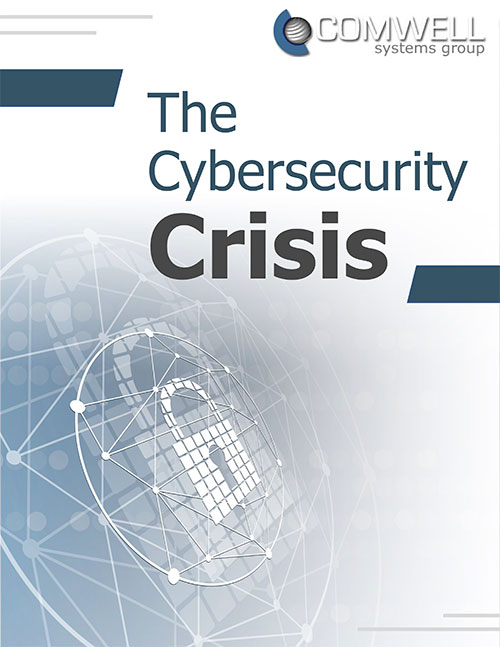Business E-mail Compromise (BEC) has become one of the most dangerous cybersecurity threats that businesses face today. While these scams have posed challenges for organizations for years, the advent of advanced AI tools has made them significantly more sophisticated—and far more dangerous.
In 2023 alone, BEC scams caused a staggering $6.7 billion in global losses. Even more concerning is a study by Perception Point, revealing a 42% increase in BEC incidents during the first half of 2024 compared to the same period the year before. With cybercriminals using AI to refine their tactics, this trend is rapidly accelerating.
What Are Business E-mail Compromise (BEC) Attacks?
BEC scams go beyond your typical phishing attacks. They are highly targeted cyberattacks where criminals manipulate email accounts to trick employees, partners, or clients into revealing sensitive information or transferring funds. Unlike generic phishing, BEC scams often involve impersonating trusted individuals or organizations, making them much more convincing and effective.
Why Are BEC Attacks So Dangerous for Small Businesses?
BEC scams are especially dangerous because they exploit human trust rather than relying on malware or attachments that may be detected by filters. Here’s why these attacks are so destructive:
- Severe Financial Losses: A single convincing email can result in unauthorized payments or stolen data. The average loss per attack exceeds $137,000, and recovering stolen funds is nearly impossible.
- Operational Disruption: A successful BEC attack can halt business operations, leading to downtime, audits, and internal confusion.
- Reputational Damage: Having to explain to clients that their sensitive data may have been compromised can cause lasting damage to your business’s reputation.
- Loss of Trust: Employees may feel less secure if they know their organization was vulnerable to such attacks.
Common BEC Scams to Watch Out For
BEC scams can take various forms, but these are some of the most common ones to be aware of:
- Fake Invoices: Cybercriminals impersonate vendors and send fake invoices requesting payment.
- CEO Fraud: Hackers pose as executives, pressuring employees to transfer funds under tight deadlines.
- Compromised Email Accounts: Legitimate email accounts are hacked and used to send malicious requests.
- Third-Party Vendor Impersonation: Trusted vendors are spoofed, making fraudulent requests appear routine.
How to Protect Your Small Business from BEC Scams
The good news? BEC scams are preventable with the right IT security strategies in place. Here are key steps to protect your business:
- Train Your Team Like It’s Game Day
- Teach employees to spot phishing emails, especially those marked “urgent.”
- Require verbal confirmation for any financial requests.
- Enforce Multifactor Authentication (MFA)
- MFA acts as a safety net, even if a password is compromised. Enable it on all accounts, particularly email and financial platforms.
- Test Your Backups Regularly
- Ensure that your backup systems work by regularly restoring data. A faulty backup during an attack could cripple your business.
- Get Serious About Email Security
- Use advanced email filters to block malicious links and attachments.
- Audit access permissions regularly and revoke access for former employees immediately.
- Verify Financial Transactions
- Always confirm large payments or sensitive requests through a separate communication channel, such as a phone call.
Next Steps for Your Business’s IT Security
As cybercriminals continue to evolve, staying ahead requires proactive action. By training your team, securing your systems, and verifying transactions, you can transform your small business into a fortress against BEC scams.
Want to ensure your business is fully protected from cyber threats? Start with a FREE Network Assessment to uncover vulnerabilities, secure your systems, and keep cybercriminals at bay.
Click here to schedule your FREE Network Assessment today! Let’s stop BEC in its tracks, before it stops your business.




